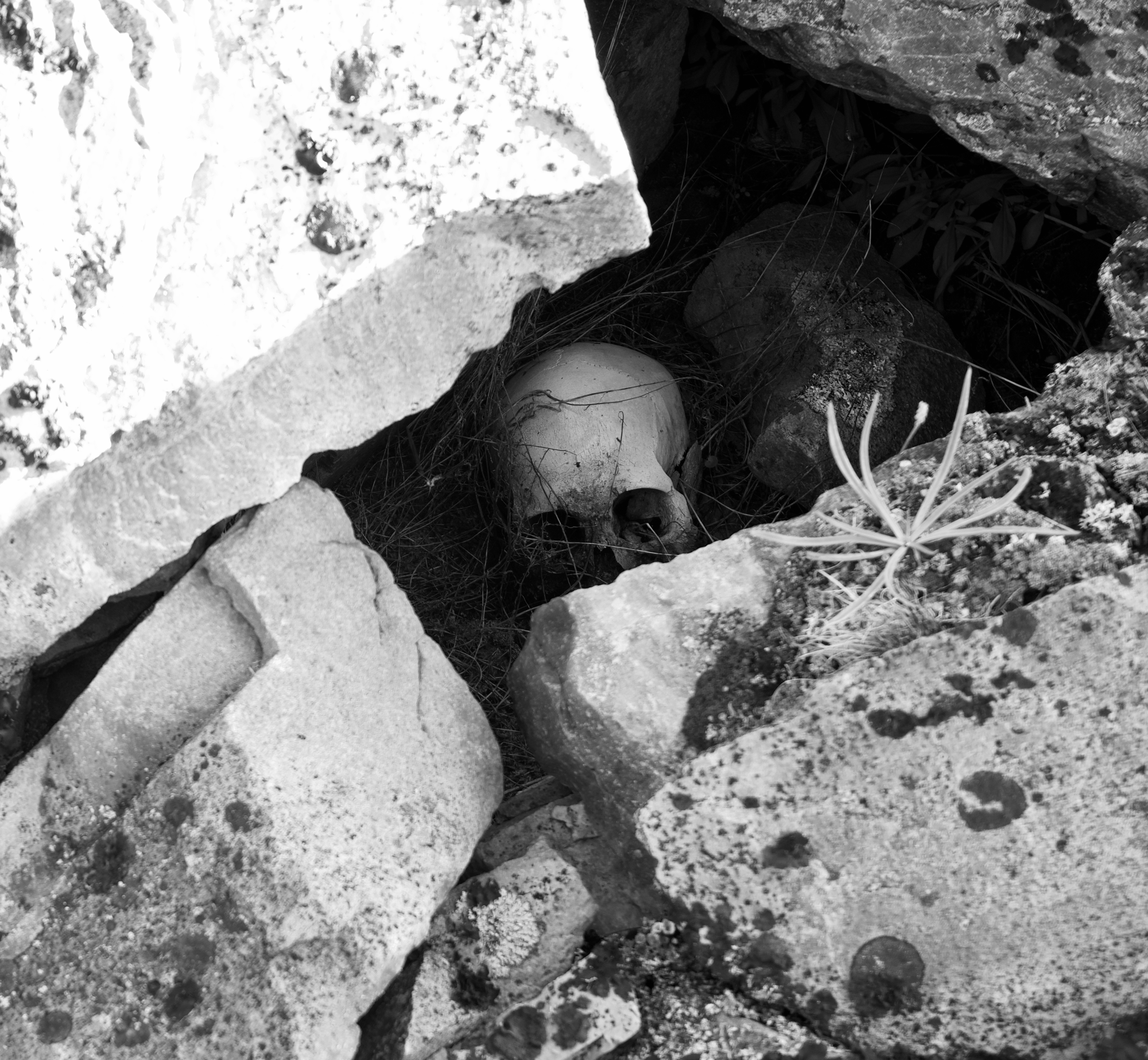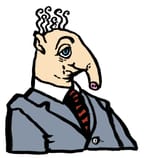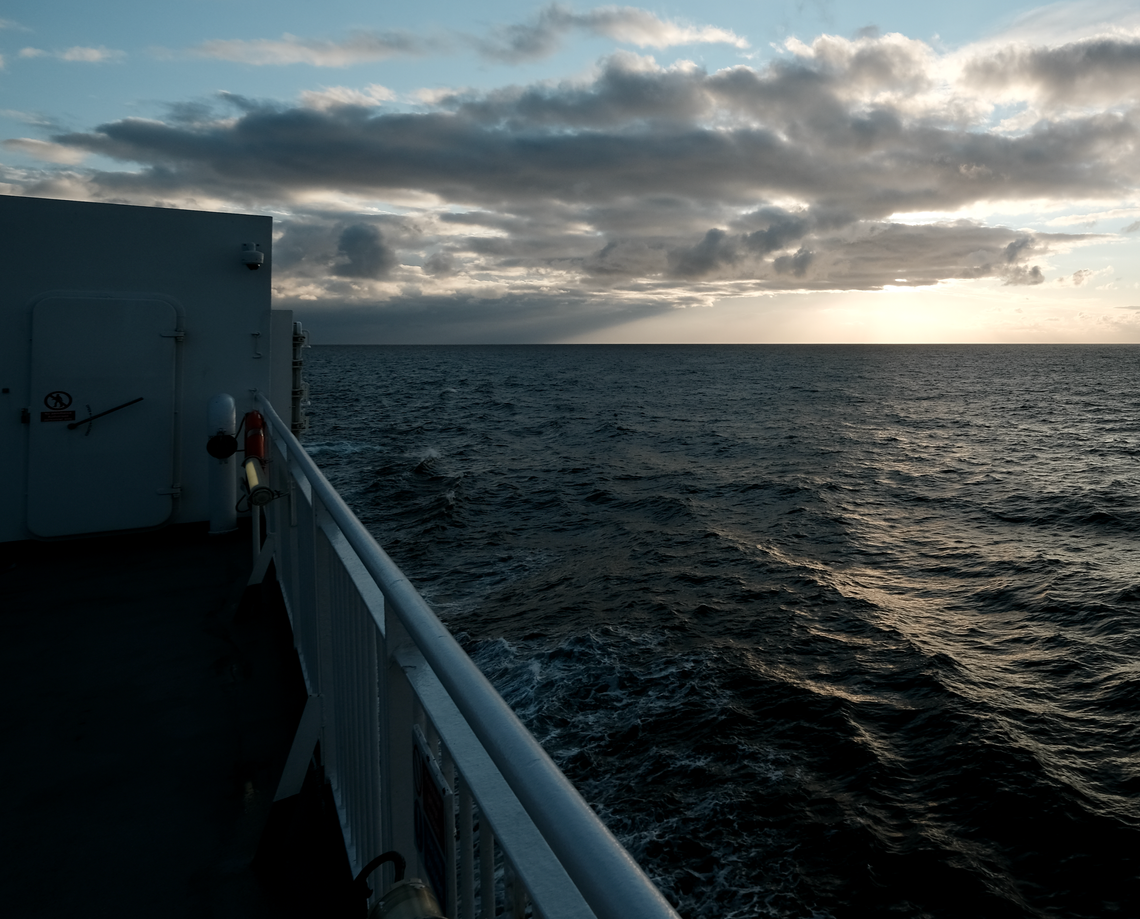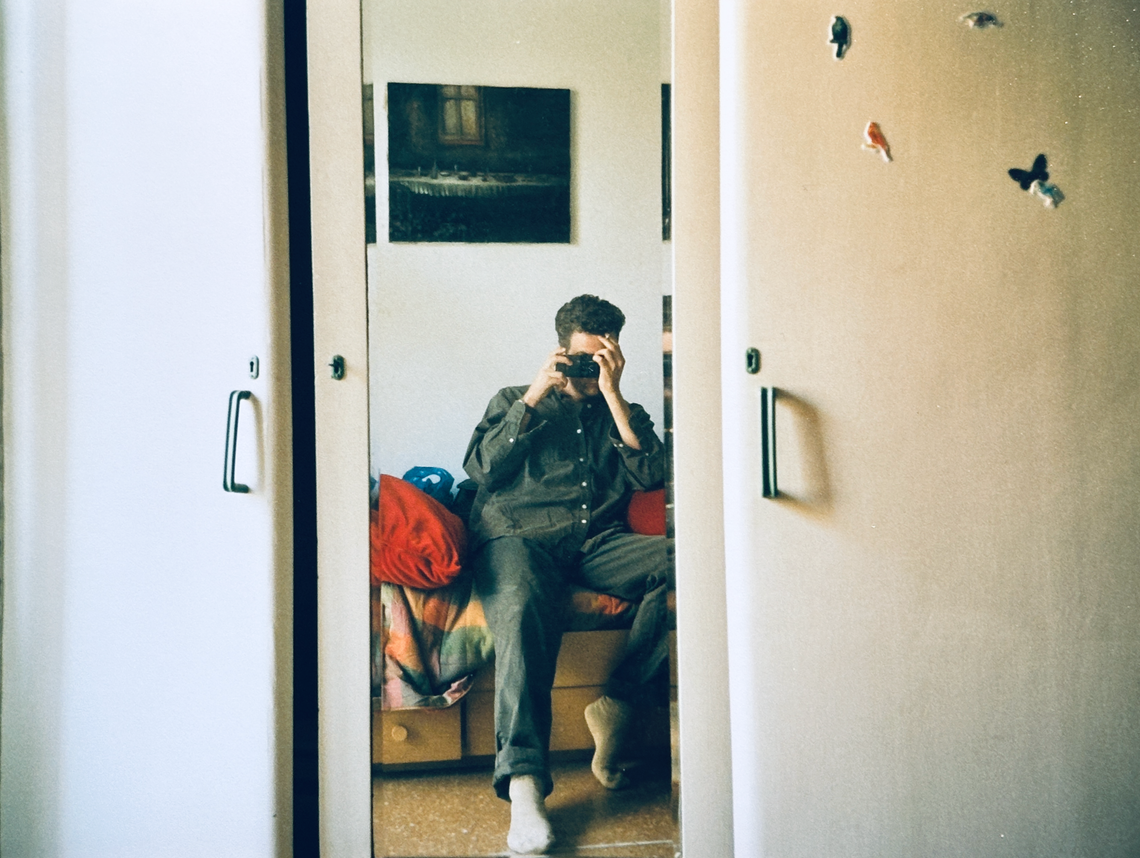Here I stand, on a hill that is only a rock, above the small port of Qaqortoq in Southern Greenland.
It is a cloudless day. A solitary large iceberg is melting into the fjord. I have a packed lunch to eat and nothing much else to do, so I do a little dance. To Splanky. In Greenland.
...
I have travelled to Greenland on the downslope of the Covid pandemic. The cruise ships and their multitudes have not yet returned. Of visitors, I have so far encountered only:
a) a dour Danish engineer who let me share his taxi from Nuuk airport
b) four Norwegian scientists (three graduate students and their professor), who have been studying biomorphs of the arctic char, and are now done tagging specimens for the season and are taking the opportunity to visit the Qooroq ice fjord (where we approached the towering, calving head of the glacier, chipped ice from one of the little icebergs, and put it in our plastic glasses of Martini); and
c) four quiet Danish retirees, three of whom confined themselves to giving me graceful good-mornings at breakfast in Igaliku, while the fourth, a tubby grey-haired man with large eyes swimming behind his spectacles, buttonholed me to talk about celestial activity, about the Milky Way and the northern lights, as though seeking, (and in me not finding) Him who made the Seven Stars; I told him in exchange that I had come across a human skull up on the hillside about the settlement (empty sockets looking up for a little part of eternity at the stars and the Milky Way).

...
I have also met and fleetingly engaged with the people who live hereabouts, the Greenlandic Inuit and the descendants of Danish folk.
I have been trying to grasp how they pronounce Qaqortoq. Some seem to say Korok or Karok, others Karukak; whenever someone says it, it goes by in a crumple of consonants, the sound coming from down in the back of their throats. As though they had been taught the power of speech by the ravens.
There are ravens everywhere. They have a wide range of vocalisations. In the great wildernesses of Greenland they sound as close to a human voice as anything. Melancholy, musing, quizzical. Korok?
Perhaps I sound to Greenlandic folk and the ravens as though I have been taught the power of speech by the narwhal. I have been told I mumble, an underwater sound.
...
Splanky is pronounced Splanky. It is a Neal Hefti tune, from the album The Atomic Mr. Basie, released in 1958 (the track was recorded on 22nd October 1957).
I am listening to The Atomic Mr. Basie as I walk up from Qaqortoq to the hills that surround it. By the time I reach the first eminence overlooking the town, I set down my bag. It is noon. Splanky, the ninth track on the record, is just starting. And so, liberated, ecstatic, I do a little dance in the sunshine, under the cloudless sky.
I am a dancer in the head and the heart, not so much in the feet. Dancing is a social practice, but I only dance when no one is looking. I need peace, and isolation. Isolated, peaceful, I dance like a rubber man. I move, sway, slink, I tap, hoof and pirouette. Alone.
Dancing, to repeat, is a social practice: you learn it by watching—dancing with—your peers. My peer, in this case, is Gene Kelly dancing to Broadway Melody. And, since there is no one to see me (unless someone down there in Qaqortoq has a telescope trained on this bleak hilltop, on the ravens, and on me) I may as well be Gene Kelly incarnate.
I respond accordingly, hunching and throwing my arms up, like that moment in the Broadway Melody sequence of Singing in the Rain when Gene Kelly and a roomful of flappers throw their arms out, hold, hold, the music just starting to pulse down there; and then they raise their arms and they start to sway.
...
There I am then, dancing briefly alone.
To dance alone is a minor aberration, a little rent in the social fabric, letting in light and air. To dance in a group is, by and large, to reaffirm something about the the solidity of the group, and about our belonging to it. This is how we dance here, our dance says; just as our language says, this is what we call the raven; this is how we say the name of this place. This is our world.
Never to dance in a group but then to dance alone—is that a rejection, a sort of defiance? Or am I now making a callback from distant shores, a remembrance in my various incoherent members, of how they dance where I come from? A wild waving back across the oceans. Because whatever else I am doing, I am not doing a Greenland dance, a raven dance; I am dancing something echoed down through my own generational culture, something my father would (vaguely) have recognised. Something I brought here, and released ceremoniously in spite of myself. Spend enough time alone and you will shout out to the group, sooner or later. However your group may be composed.
After my dance I sit on a round rock, legs dangling, overlooking the entirety of the little town of Qaqortoq, and eat my cheese roll.
...
Greenland is pronounced Green Land. An even-paced double stress. A spondee. A compound of two of the simplest elements in the language. Green. Land.
Everyone knows the story. Eric the Red, after his arrival in 986AD, wanted to advertise the merits and beauty of the country to fellow settlers. Threw up a farmstead, threw up a church, got himself a bishop.
Greenland.
A simplicity, then. A simple compound of simple elements. An empty land with a simple name, where you can dance to a tune with a nonsense name. All meaning emptied. Just dance. Just here.
...
The town of Qaqortoq is built on and among folds of singular, irreducible, unyielding, ancient igneous rock. There is little or no vegetation, no youthful Promethean magma flows here. These are rocks the old gods dreamt.
It is not an ancient town, but the area has an ancient history of inhabitation; the rock here was a draw for stone-tool-making Saqqaq peoples 5000 years ago; nearby there are shadowed remains of temporary paleo-Eskimo residence. For millennia they have been coming down to the water hereabouts.
But this little town could almost be danced into oblivion. It clings only precariously to, is somehow resisted by, its own foundations. From my minor-godlike, raven perch up here, it looks as though it might, given a nudge, a little earth tremor, a few-thousand dancing feet, slide into the deep cold waters of the fjord; its inhabitants, their dancing stilled in awe, would watch it disappear like a slick leviathan beneath the waters, leaving barely a ripple; the white cruise ships, returning, would find it wholly gone; the inhabitants having long since loaded their necessary possessions on to wooden ships, or longboats, which glide from the fjord; or on to sleds, and dispersed, up towards the great ice, where none could follow, and none could see them dance.





